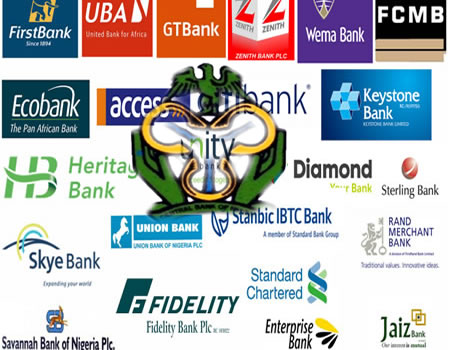As evidence of liquidity crunch in the financial system, Commercial and merchant banks rushed to the Central Bank of Nigeria’s (CBN) standing lending facility to raise a total sum of N3.4trillion last week.
Financial system liquidity closed at ₦1.1trillion, but still at 75.3 percent higher than the prior week’s level.
The level of liquidity was supported by primary market repayment of ₦858.0billion and the Standing Lending Facility (₦3.4tn).
The weak liquidity according to market participants, in the inter-bank market caused Open Repo (OPR) and Overnight (OVN) rates to close the week higher at 30.0percent and 30.7percent respectively from 28.0percent and 28.6percent in the previous week.
Commercial and merchant banks borrow from the apex bank using the Standing Lending Facility window and deposit cash with the apex bank using the Standing Deposit Facility window.
The SLF is a short-term lending window for commercial and merchant banks to access liquidity to run their business operations.This is coming amidst rising interbank rates, which has peaked at double digit highs following the monetary tightening that took policy rate to 24.75percent in March, 2024.
Last week, banks were debited for cash reserves (CRR) maintenance. This tightened liquidity level in the money market despite some Cash Reserve Requirements (CRR) refunds made by the regulator.
Recall that the banking industry regulator, has recently slashed loan-to-deposit ratio to 50 percent from 65 percent to give some breathing space with its persistent debits against local lenders that failed to meet lending targets.
Over time, liquidity position of some banks, especially the small and medium lenders in the industry, has been stretched, causing their funding costs to spike due to sustained borrowings from standing lending facility of the CBN.
Liquidity pressures in the financial system persisted as commercial lenders and government authorities compete for share of available cash in the financial system.
Still, the CBN is mopping up what it considers as excess liquidity in the economy by selling short term borrowing instruments to investors – currently at elevated spot rates.
Stakeholders say the squeeze on liquidity and changing market dynamics have seen short term benchmark interest rates reach double digits high, according to information obtained from the FMDQ Securities Exchange.
A leading investment firm, Afrinvest Limited, reported that the system liquidity closed at ₦1.1 trillion, which was 4.4x.In its market update, Cordros Capital.
The monetary policy rate was hiked by 400 and 200 basis points in February and March respectively, which lifted the key lending rate to 24.75 per cent.
Nigeria’s central bank governor Olayemi Cardoso, indicated interest rates would stay high for as long as necessary to tame inflation, saying the institution had moved decisively to an “orthodox policy” after being plagued by scandal under his predecessor.
ALSO READ: Oyo monarch seeks govt intervention over non-payment of salary






